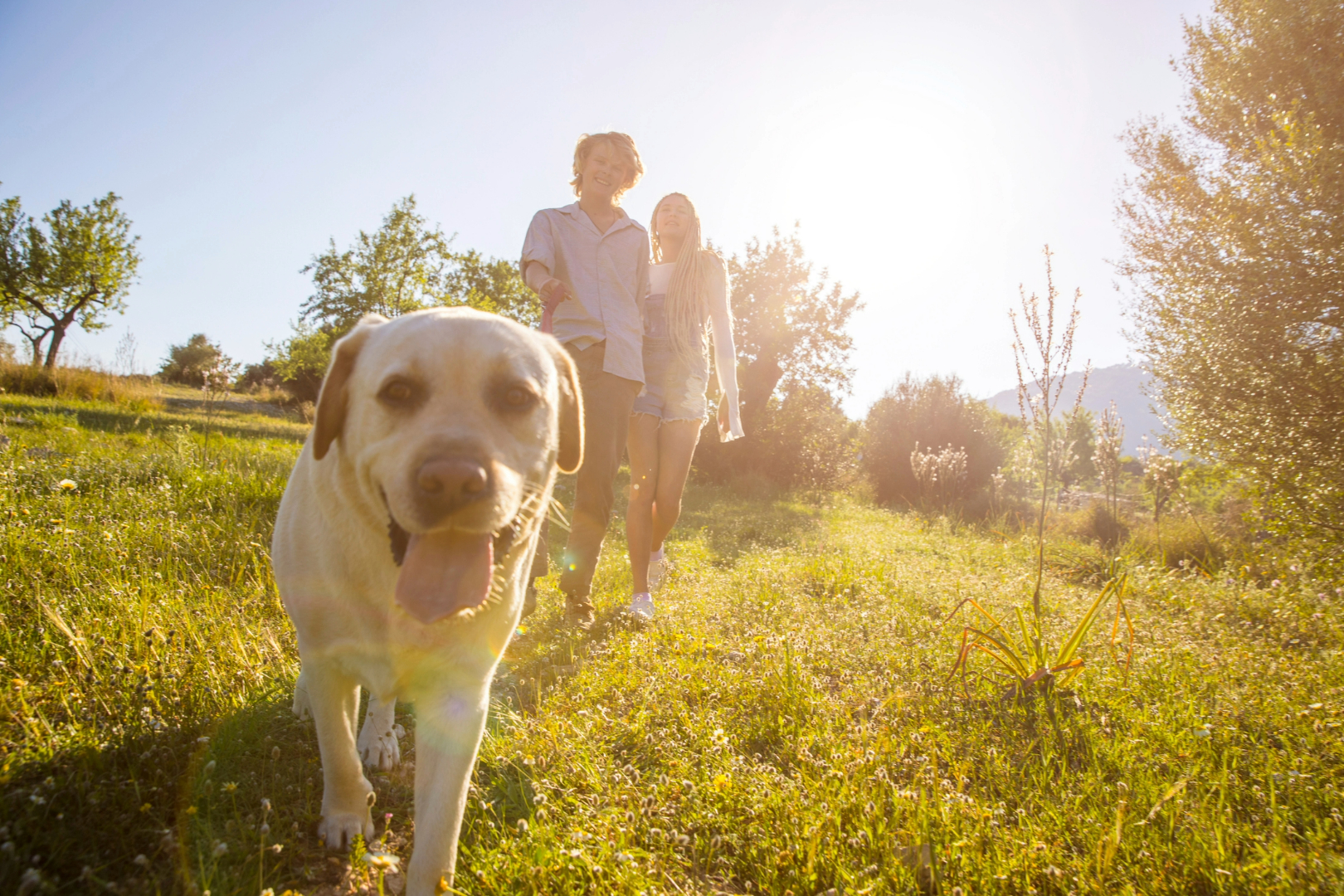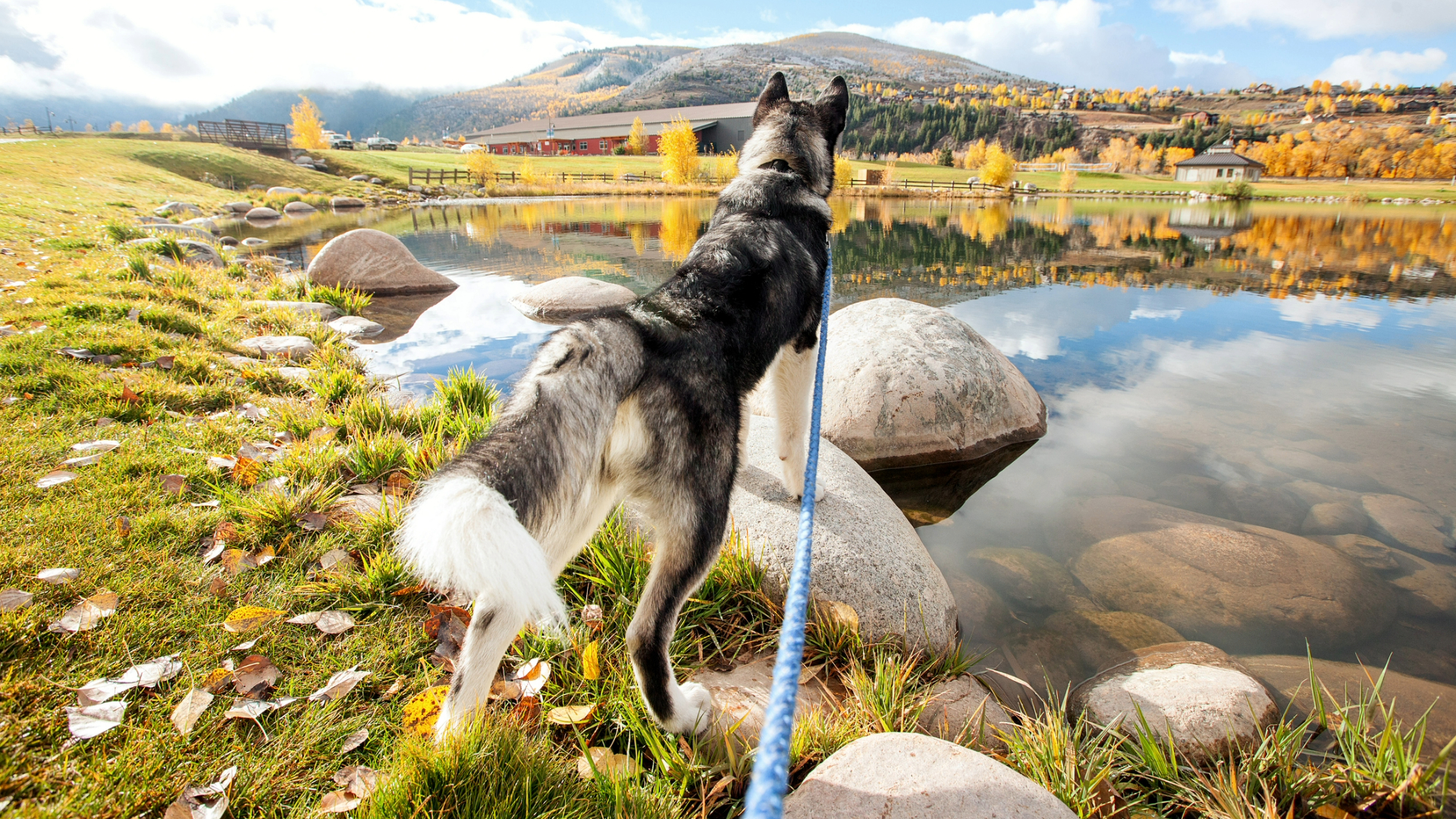
There are lots of reasons to love walking your dog on a long leash. Not only does it give your pup the freedom to run around but it also gives you a level of control.
However, there’s one thing that’s not addressed enough - how annoying it can be when the leash gets caught on trees, bushes, and other things you might pass on your walk.
If you’ve got your hands on one of the best dog leashes and chose one of the longer options, then you’ve probably experienced this issue more than once. Not only is it a nuisance having to detangle the leash, but it also slows down walk time.
If you can relate, you're not alone. This is a common problem that lots of dog parents experience, but we've got the solutions for you. In a recent Instagram post, Jenna Pellerito, an expert dog trainer, revealed six tips for managing the long leash more effectively. Let's dive into them:
1. Practice bringing the leash in and out
Before you put your dog on the leash, Jenna recommends getting some practice in for a few days or a week first. To do this, you want to repeat the motion of bringing it in and out to build up your muscle memory. Jenna explains how this will make things easier when you walk them on a long leash for the first time.
2. Practice flicking the leash
Instead of picking up the slack each time it gets caught, Jenna suggests flicking the leash to move it forward - another movement that you can practice beforehand.
She says: "This can be handy when you get caught on something as instead of picking up the line to get unstuck, a lot of times you can flick the line away from what it is stuck on."
3. Use your thumbs to move the leash in and out
When you move the leash in and out, it might feel natural to use your open hand. However, Jenna suggests using your thumbs instead and explains how this is actually a safer and easier method.
She says: "Use your thumbs when moving the line in and out. Opposed to an open hand, my excess line is always resting in the space between my thumb and pointer finger. This can be a generally safer grip and it’s also easier to move your line into a locked grip with your thumb since the line will already be in the position for it."

4. Don't worry too much about the leash dragging
Jenna says that if there are no distractions, then you don't need to worry too much about the excess leash dragging. If your pooch is one of these 32 high energy dog breeds (or they've just got the 'zoomies'), then this is useful to keep in mind. Just make sure it's safe to do so.
5. Practice recall cues
Before you get started, it's a good idea to practice recall cues and basic leash-walking behaviors with your dog, according to Jenna. If you struggle with these, here are three reasons why your dog's recall isn't reliable (and what you can do about it).
Jenna says: "I love to condition dogs to understand that pressure on the line is a reward marker in itself. This creates an auto-response of the dog coming to me when they hit the end of the line. Super helpful!"
6. Acceptance
Your leash is going to get stuck on something at some point (even if you're a pro). However, after practicing these handy tips, it will become a lot easier for you to manage when it does happen.
Jenna says: "Know that no matter how good you get at managing your line, you will still have moments where it gets stuck or tangled. It is just part of it and that’s okay! The better you get at managing your line, the easier it is to get 'unstuck'!"
Enjoyed this? You might also like our guides on how to stop a dog from pulling on a leash and how to train a puppy to walk on a leash.







